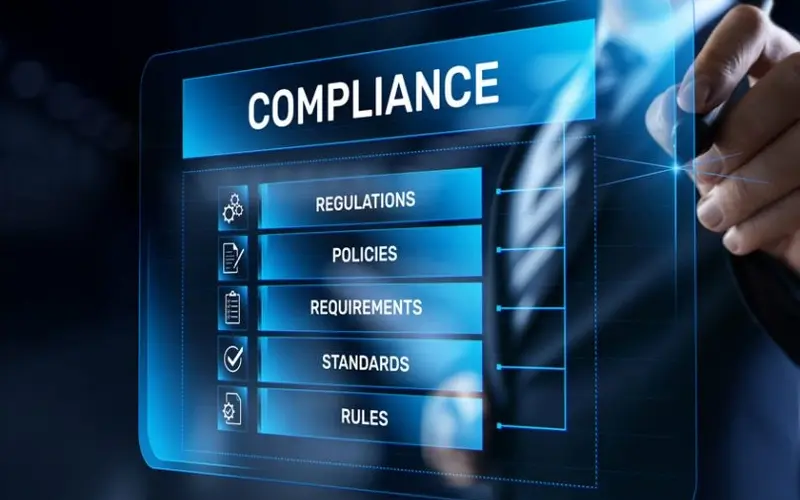
Decentralized Autonomous Organizations (DAOs) are a core pillar of the Web3 vision, offering a new model for collective decision-making and resource management without a central authority. However, in practice, DAOs face a number of significant governance challenges that can hinder their effectiveness, security, and true decentralization.
1. The Problem of Voter Apathy
One of the most pervasive challenges for DAOs is low voter turnout. While DAOs are designed to empower every token holder with a vote, the reality is that a vast majority of members do not actively participate in governance.
- High Transaction Costs: On some blockchain networks, casting a vote can be expensive due to gas fees. For a small token holder, the cost of voting might outweigh the potential benefit of their single vote, leading them to abstain.
- Information Overload and Complexity: DAO proposals can be highly technical and complex, requiring a deep understanding of smart contracts, tokenomics, and protocol mechanics. The sheer volume of proposals can also be overwhelming, leading to “voter fatigue.”
- Lack of Incentives: Many DAOs do not offer direct incentives for participation, such as a token reward for voting. Without a clear financial or social incentive, members may not feel compelled to engage in the governance process.
2. Centralization of Power (The “Whale” Problem)
Many DAOs use a token-weighted voting model, where a user’s voting power is proportional to the number of governance tokens they hold. This can lead to a concentration of power in the hands of a few large token holders, often referred to as “whales.”
- Disproportionate Influence: Whales can single-handedly vote on or veto proposals, regardless of the will of the smaller token holders. This undermines the decentralized ethos and creates a new form of centralized control, where the network is governed by a small plutocracy instead of a broad community.
- Governance Attacks: The concentration of power makes DAOs vulnerable to governance attacks. An attacker can acquire a large amount of a governance token (often through a flash loan), use that voting power to pass a malicious proposal (e.g., to drain the DAO’s treasury), and then sell the tokens back, all in a single, profitable transaction. The Beanstalk DAO attack in 2022, which led to a loss of over $180 million, is a prime example of this type of exploit.
3. The Challenge of Delegation
To combat voter apathy, many DAOs have adopted a delegated voting model, similar to a representative democracy. Token holders can delegate their voting power to a trusted community member. While this can increase voter turnout, it also introduces a new set of risks.
- Consolidation of Power: In many cases, delegated voting leads to the consolidation of power in the hands of a few top delegates. These “influencers” or “politicians” can effectively control a large portion of the voting power, creating a new form of centralization.
- Lack of Accountability: If a delegate acts maliciously or votes against the interests of their constituents, there are often no clear mechanisms to hold them accountable. The delegate may not be a legally recognized entity, and their actions may be difficult to trace or challenge.
4. Smart Contract Vulnerabilities
A DAO’s rules and treasury are governed by smart contracts. A single bug in this code can be a single point of failure that a hacker can exploit.
- Irreversibility: Once a smart contract is deployed, it is often immutable. A bug cannot simply be patched. This was dramatically demonstrated by The DAO hack in 2016, where a vulnerability in the smart contract’s code was exploited, leading to a hard fork of the Ethereum network to recover the stolen funds.
- Flash Loan Attacks: Flash loans, which allow for a large, uncollateralized loan to be taken out and repaid in a single transaction, have been used to execute governance attacks and other exploits by providing a malicious actor with the temporary voting power they need to carry out an attack.
The Path Forward
DAOs are still in their infancy, and the industry is actively experimenting with new governance models to address these challenges.
- Alternative Voting Models: Projects are exploring alternatives to token-weighted voting, such as quadratic voting, where the cost of a vote increases exponentially, thereby giving smaller token holders more influence.
- On-Chain Identity and Reputation: Moving beyond pure token-weighted governance, some DAOs are exploring systems based on a user’s on-chain reputation or contribution history to the project.
- Time Locks and Vetoes: To prevent flash loan attacks, many projects are implementing time locks, which introduce a mandatory delay between a proposal being passed and its execution, giving the community time to react to a malicious vote. Some projects also have “veto committees” or trusted entities with the power to halt a suspicious proposal.



